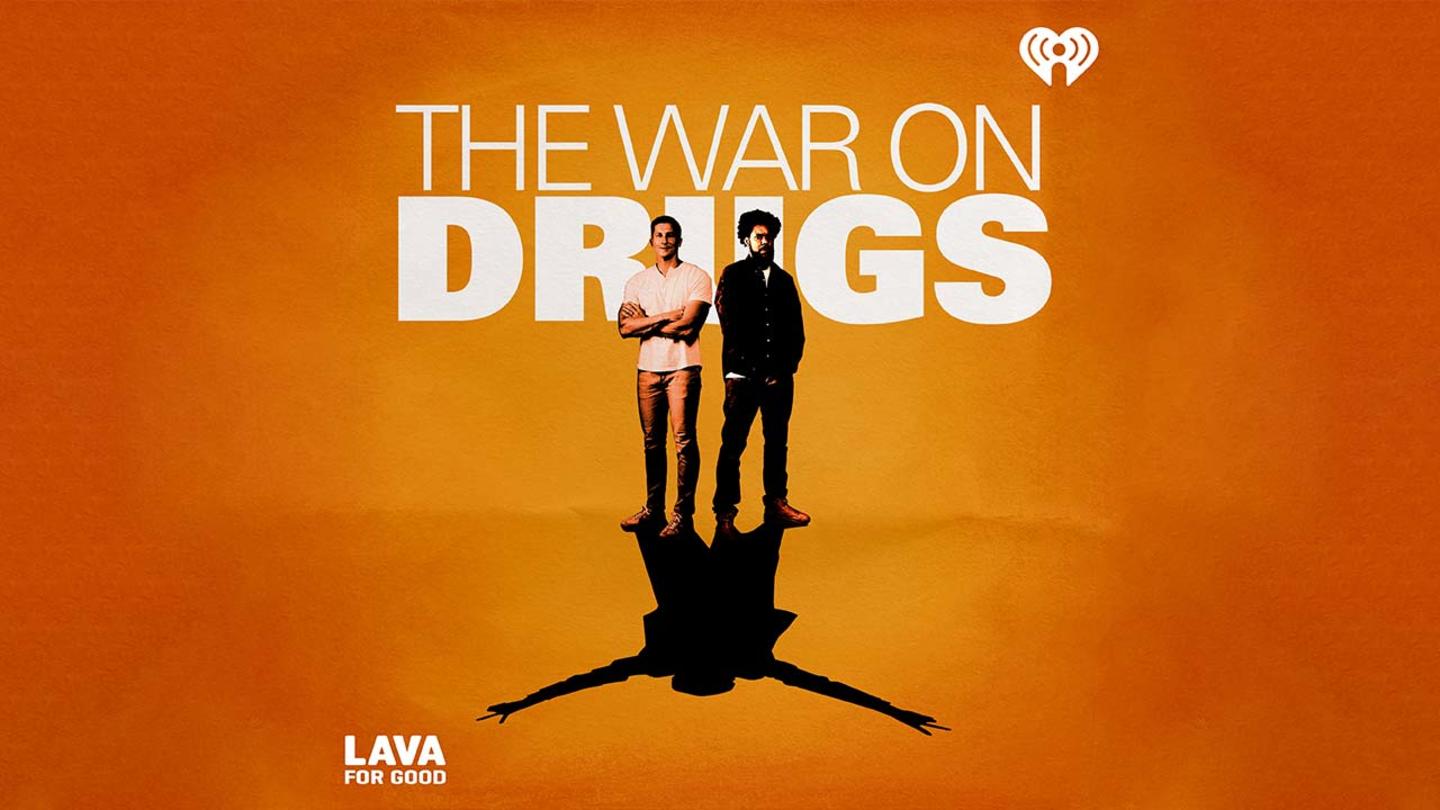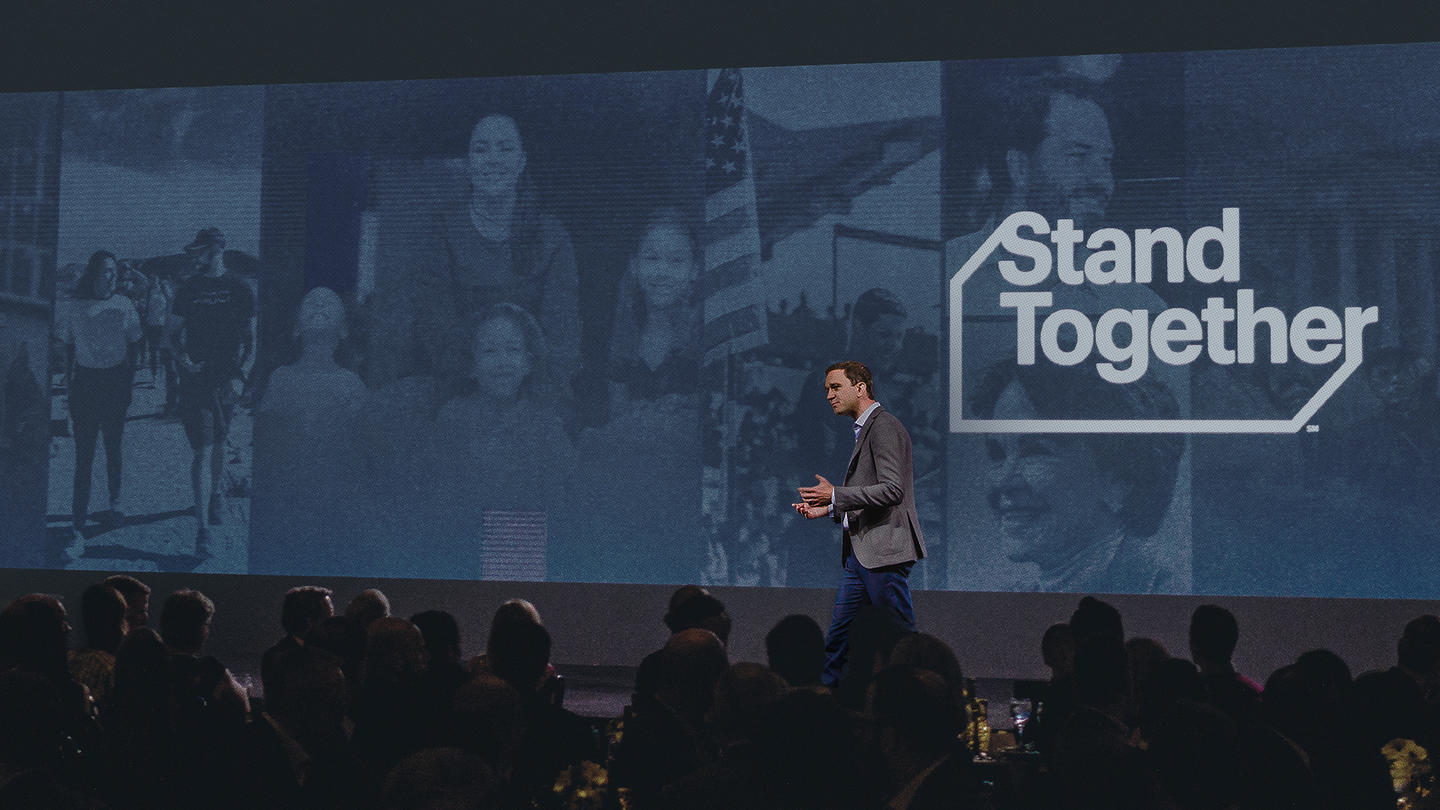Bipartisan agreement is hard to find these days. Federal lawmakers, however, found agreement that the Workforce Innovation and Opportunity Act (WIOA), the law governing the nation’s public workforce system, was overdue for reform.
Writing for The Hill, Steve Taylor, director and senior fellow for Future of Work at Stand Together Trust, explained the WIOA legislation passed through a key House committee in December 2023 and outlined next steps lawmakers can take to ensure Americans have every opportunity to reach their full potential.
With unprecedented polarization and partisan rancor at an all-time high in the electorate and Congress, the smart bet for 2024 would be on continued gridlock and the scant prospect of bipartisan compromise.
But a funny thing happened on the way to the December recess. Last month, a bipartisan group of federal lawmakers bucked the partisan trend when they quickly advanced legislation to reform the Workforce Innovation and Opportunity Act (WIOA), the law governing the nation’s public workforce system, which has languished for over a decade.
This bill addresses some long overdue federal reforms to shift incentives in the workforce system to empower working-age Americans to pursue work. Importantly, it signals agreement that states could integrate social safety net and workforce development funding to streamline programs such as food stamps, child care, transportation, and job training into a single state agency.
Indeed, the current workforce development system is ripe for bipartisan reform. This highly disconnected and complex system—with an alphabet soup of federal safety net programs across numerous government agencies, all with distinct eligibility requirements—has kept millions of job seekers from pursuing meaningful work. The nation’s various welfare programs—which help millions of Americans feed their families, pay for housing, and access child and medical care—are often tied to work requirements.
For many policymakers looking to overhaul and modernize anti-poverty programs, work requirements remain an intuitive solution. But the unfortunate reality is that work requirements alone are not sufficient to overcome poverty: pairing work requirements with shoddy and ineffective workforce training leaves the most vulnerable individuals with scant hope of escaping poverty.
You can read the rest of the article here.



